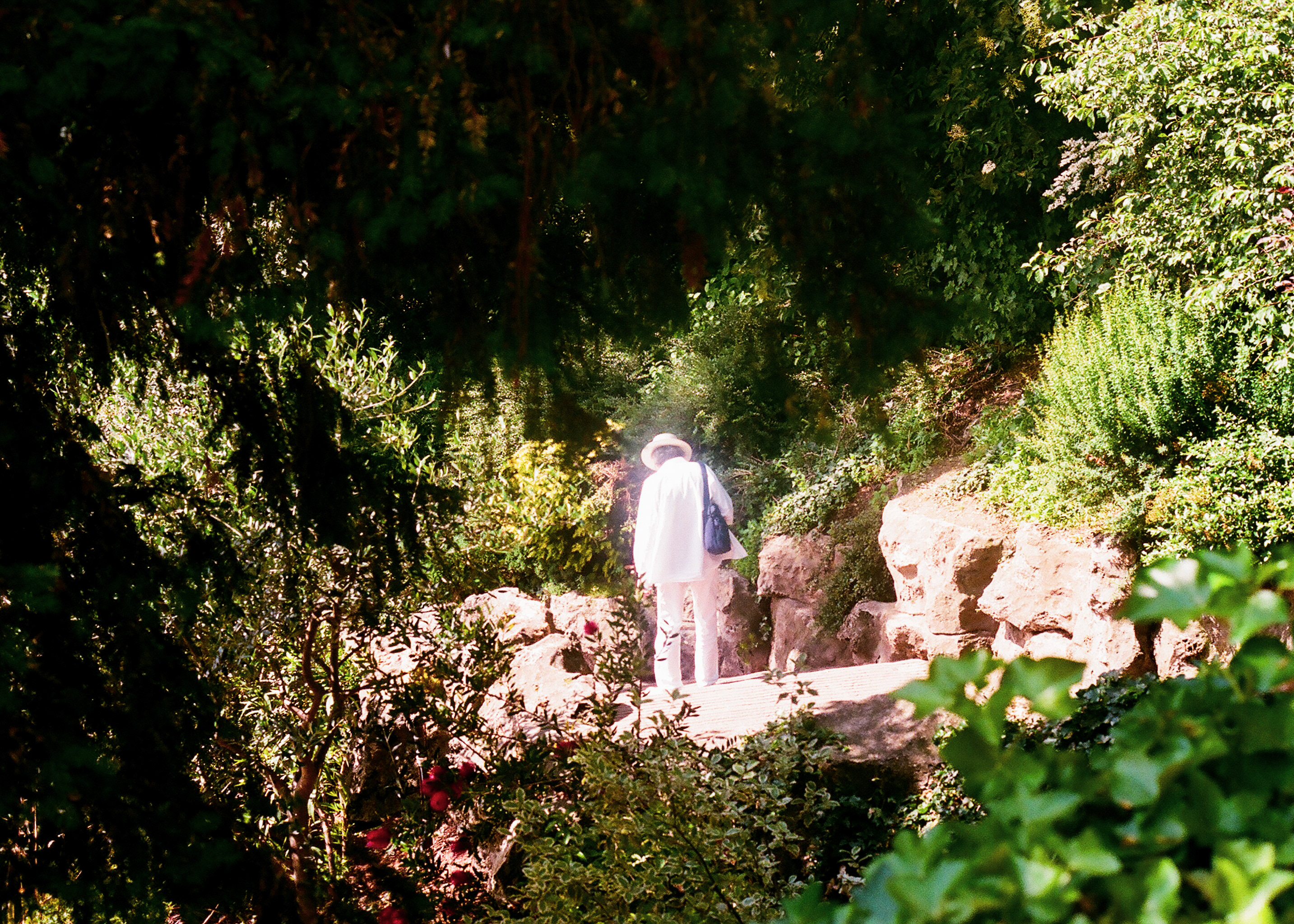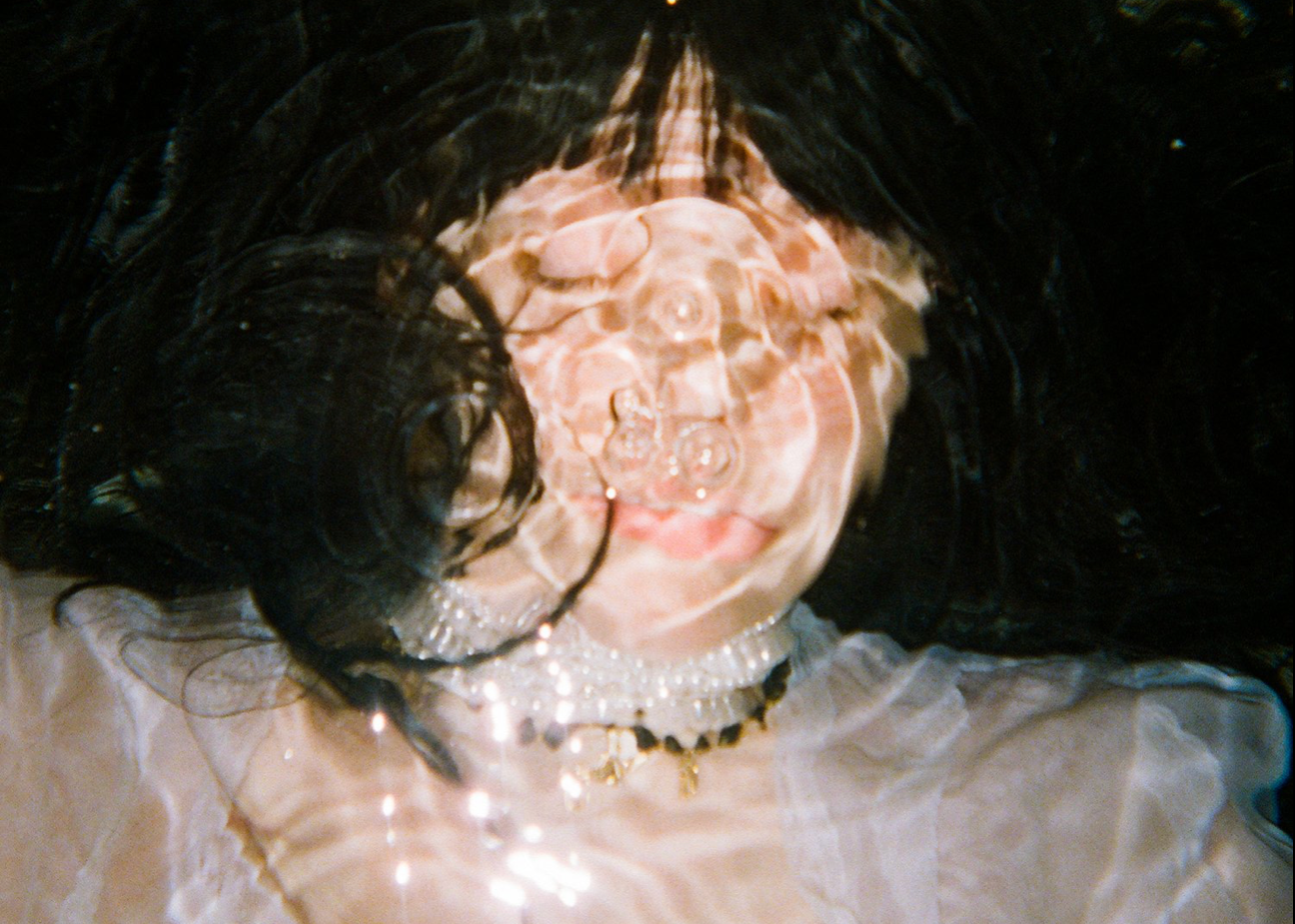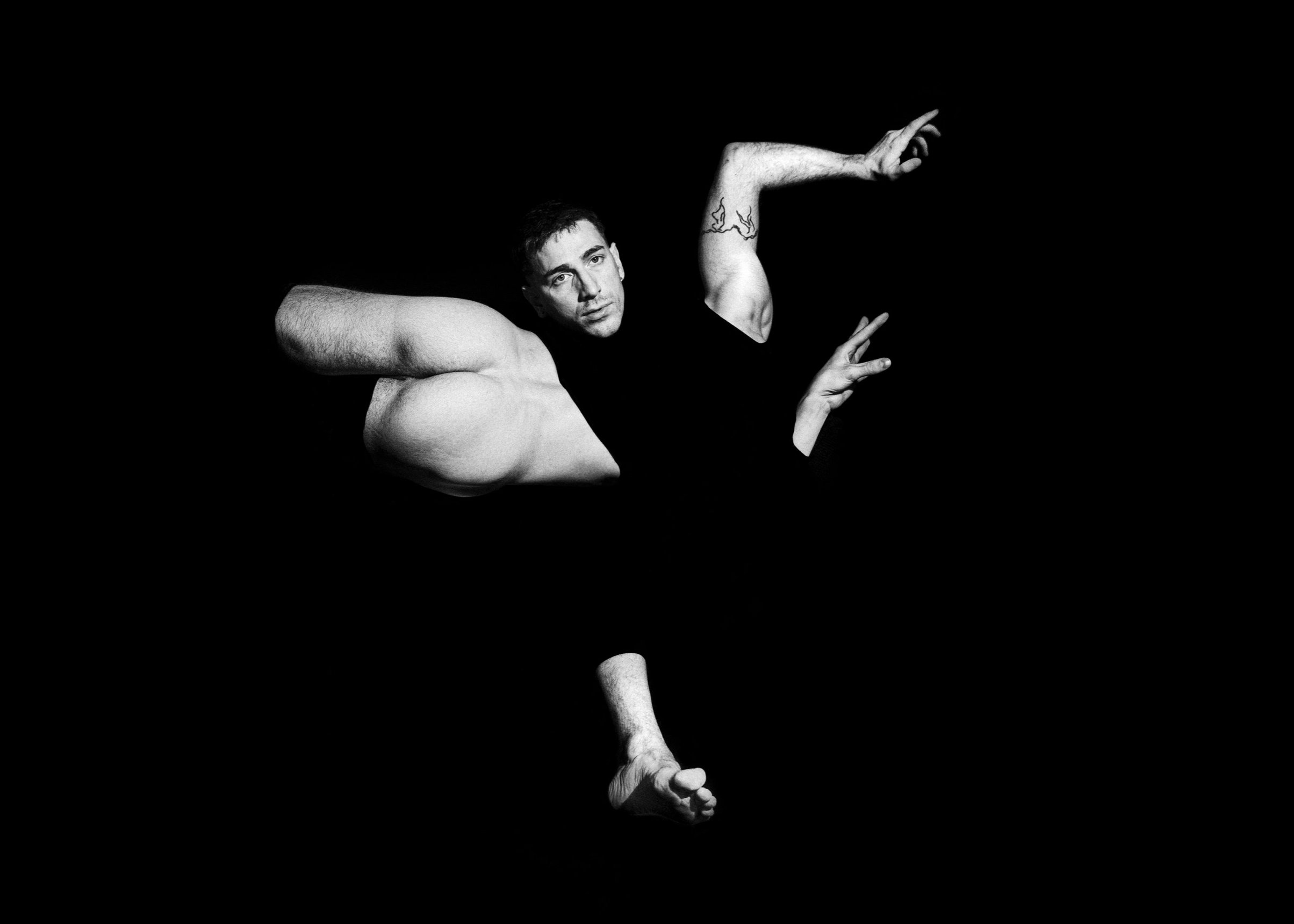Dziga Vertov’s Man with a Movie Camera (1929) was a revolutionary experimental film that aimed to redefine film language through new techniques and styles. Ultimately, he wanted to change and shape the way people made and viewed films. Throughout the movie, Vertov employed tactics such as stop motion, freeze frames, and double exposures to convey new meanings about the way film technology can impact human society and how the medium could be utilized and interpreted in completely new ways.
One way Vertov employs new techniques is through freeze frames mixed in with continuing shots. At one point in the film, Vertov shows still images of people picked out from a crowd, intercut with shots of a film reel with their faces on it, and them being cut and spliced in a film lab. Following the freeze frames of these people’s faces on still film is a shot of the actual film when these still images are continued and projected into movement.
This shows that each frame is one captured moment of reality and sets it in motion through multiple frames. This technique shows that moving film brings 2D stills to 3D life and expands the dimension to set filmmaking apart as its own art form rooted in reality.
Vertov also uses stop motion filmmaking as a new portrayal of filmmaking technology. The live-action, stop motion animation of the camera being set up shows that the camera is a separate entity outside of human interaction and manipulation. The camera, in the stop motion, seems to act with its own impulses and emotions.
This shows that while humans can manipulate the camera, the camera can act on its own to manipulate us and elicit certain emotions in the viewer, as also shown through the intercutting of audience interactions to the camera moving on the tri pod.
In many instances throughout Man with a Movie Camera, Vertov employs double exposure to create multiple meanings within one image. One moment in particular is when a moving image of the man with the movie camera is exposed onto the moving image of a busy Soviet street.
By using these two images in a double exposure, the camera and cameraman are larger than life overlooking thousands of people. This portrays film technology as having major influence over the people in society and emphasizes it as a new way of capturing reality completely more dynamic and inventive than still images and proscenium style filmmaking.
Dziga Vertov’s wide variety of experimental techniques implemented in Man with a Movie Cameraexemplifies Vertov’s personal beliefs of the importance of recognizing film as a completely new visual medium. Vertov’s tactics such as freeze frames, stop motion, and double exposure not only represented the radical new ways film could be manipulated as a new technology, but exemplified how film could be used to manipulate the viewers, their feelings, and their interpretations of what they viewed on screen.








